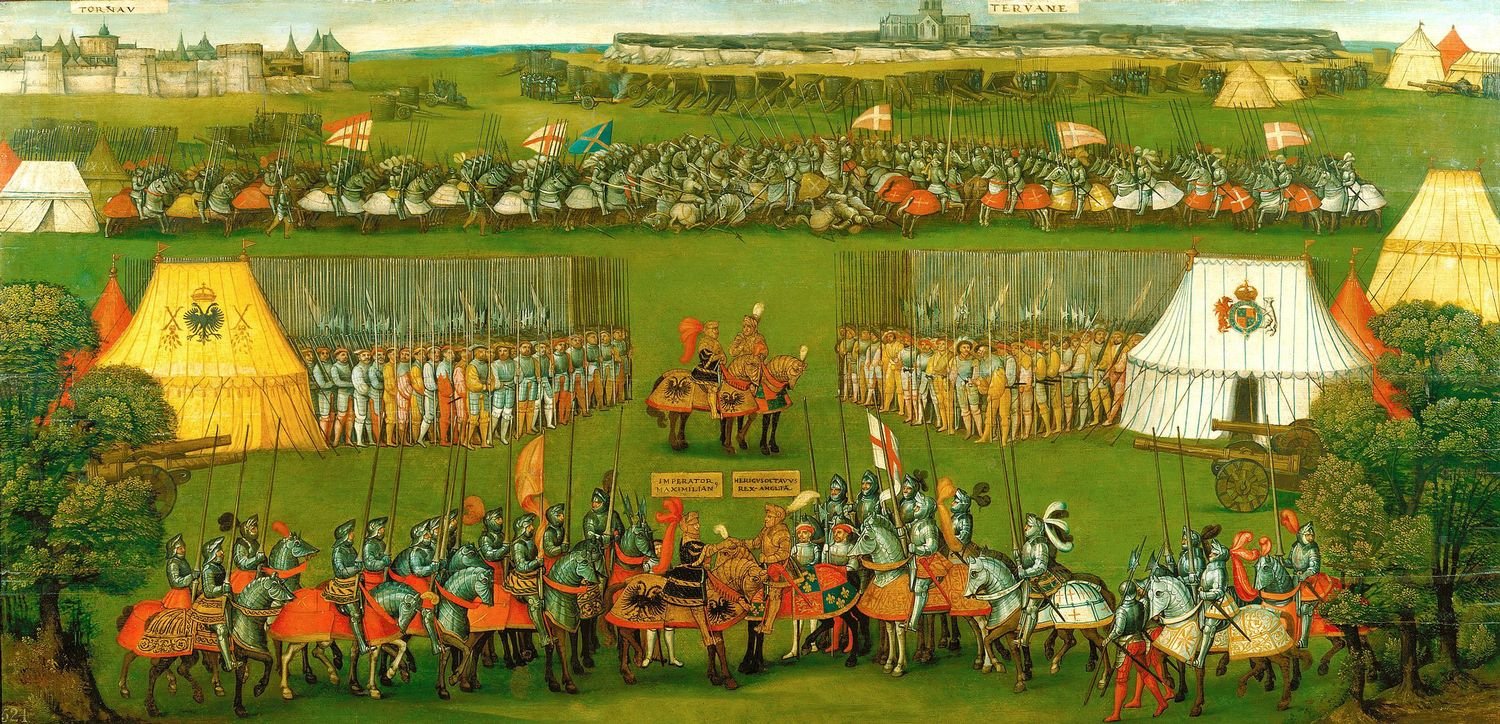
European Armour in the Royal Collection
An introduction to European armour in the Royal Collection.
William III (1650-1702) when Prince of Orange
1685RCIN 405644
Portraits of figures in armour usually depict it being worn with fine linen and lace. In this portrait, William III (1650–1702) wears a cravat of Venetian gros point lace, which was particularly popular in the latter decades of the seventeenth century. This lace was extraordinarily three-dimensional, with raised crescent shapes and a variety of filling stitches. William's cuffs are plain, although some portraits display similarly extravagant lace cuffs worn with armour.
The high value of these items, together with the great level of maintenance required to keep them pristine, suggests that they would not be appropriate attire for a muddy battlefield. However, a more practical plain linen falling band attached to the shirt, or a simple linen neckcloth tied around the neck, would have provided useful protection against the chafing of a buff coat or breastplate. When armour was worn for ceremonial occasions, on the other hand, expensive and luxurious lace accessories helped make the outfit appropriately ostentatious.







